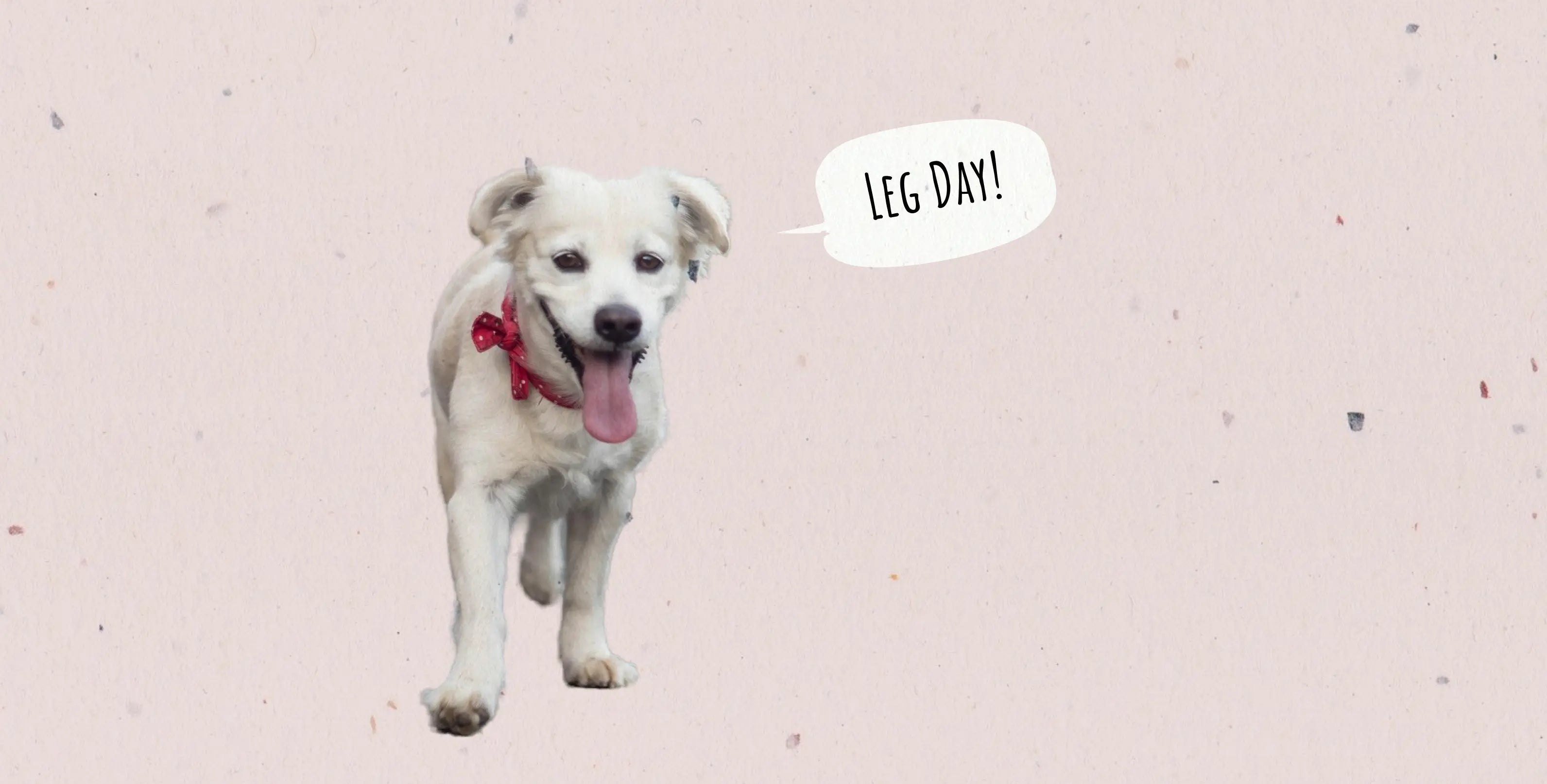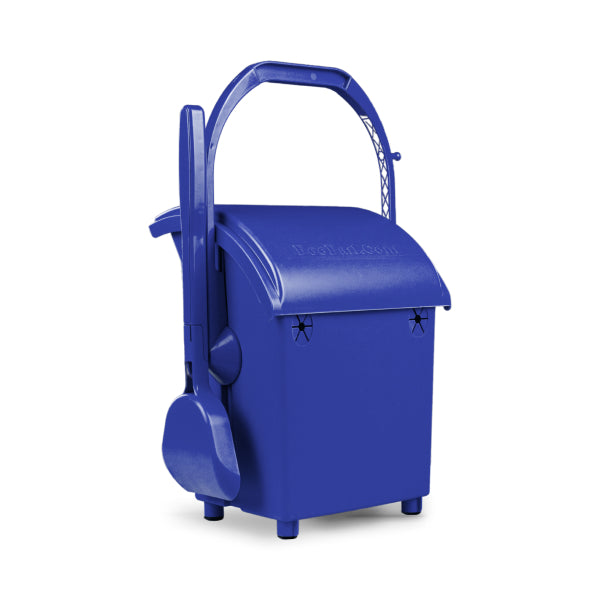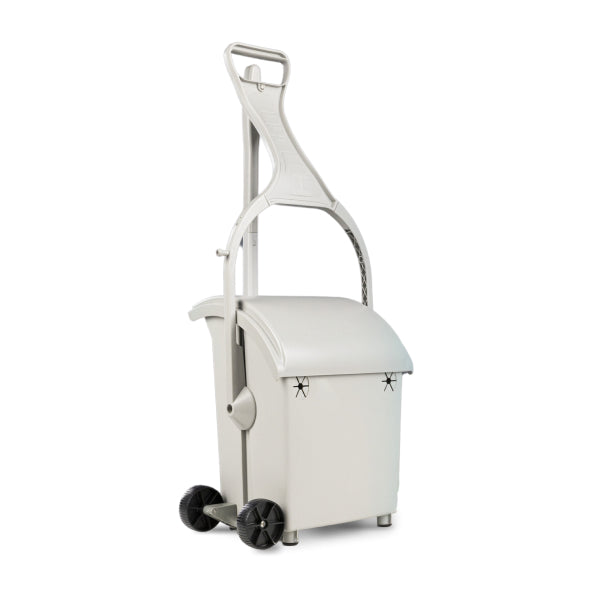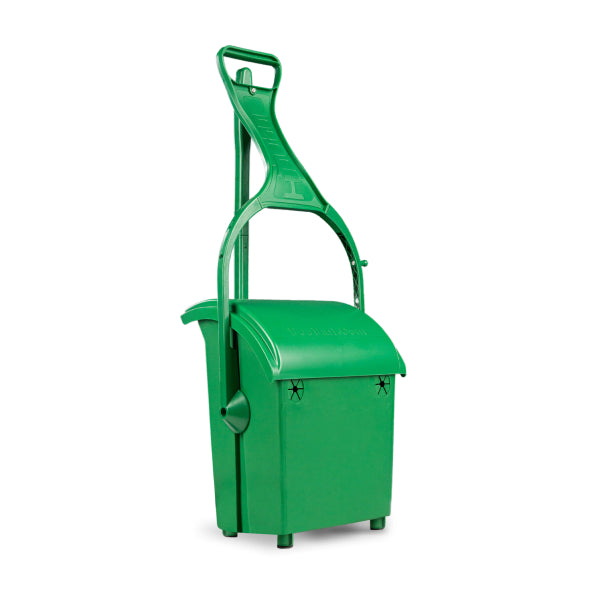While it’s rare to find humans who actually enjoy exercising, the same can’t be said about our furry friends. Dogs, in general, always look forward to going out for walks - even more so when it involves playing fetch.
A well-rounded dog exercise routine is essential for optimal mental and physical health. If you’re not sure what a workout for dogs looks like and need help with where to start and how to proceed, you’ve come to the right place. This article covers everything from understanding your dog’s exercise needs and dog exercise requirements by breed to creating a well-rounded routine for your pup.
Understanding Your Dog’s Exercise Needs
Are you wondering how to plan a dog exercise routine? Don’t worry, you’re not alone. And well, the answer isn’t a one-size-fits-all.
To begin with, it’s all about the purpose. While most dog owners take their four-legged friends out for a walk to help burn off their energy, there’s more to dog exercise than that. Fido needs regular exercise to prevent obesity, improve its behavior, and maybe even make friends outside the house.
With all of the exercise benefits in mind, it’s important to create a daily training routine for dogs that will allow your dog to be healthy and happy without harming them. Although one size doesn’t fit all, there are a few common factors that can help you come up with a solid dog exercise program for your pup. These include age, breed, health condition, and the energy levels of each dog.
Age
Puppies, adult dogs, and senior dogs can’t all handle the same amount of exercise. While healthy adult dogs are usually at their prime and can handle quite a lot exercise-wise, puppies and seniors do not have the same abilities. As a rule of thumb, puppies should do 5 to 10 minutes of exercise once or twice a day.
A three-month-old puppy can do 15 minutes of dog exercise at a time, besides the regular playtime. Meanwhile, a senior dog with good health should have a dog exercise routine of around 30 minutes every day. Keep in mind that this routine may need to get shorter with time.
Breed
One of the most important things to take into consideration before taking your dog on a long hike is the breed of your dog. Working, sporting, and hunting dogs like Border Collies, Golden Retrievers, Dobermans, and Beagles have a higher exercise tolerance than smaller lapdogs like toy poodles, Bichon Frises, and Shih Tzus. So before going on a two-hour uphill hike with your canine companion, make sure it actually has the physical capabilities to make the trek.
Health Condition
Health conditions may stop the most active dog breeds from tolerating exercise. Diabetes, obesity, and joint problems are a few of the health problems that may stop your dog in its tracks. Of course, you wouldn’t want to put your four-legged friend at risk. That is not to say that dogs with health conditions should not exercise altogether. On the contrary, a tailored dog exercise routine can help better their health. But that’s something you need to work on with a veterinarian because too little can be as harmful as too much.
Energy Levels
Two dogs of the same breed, of the same age, and with similar health, can still need different dog exercise routines. That is because dogs have different energy levels. To figure out your pup’s energy levels, all you need to do is pay close attention to it during and after exercising. If it is running out of breath before you’re done and is sleeping earlier than usual, Fido may have less energy than you’ve thought. But if it is still restless after the session, it’s a sign that your dog still has a lot of energy to spare.
Your Schedule and Other Considerations
Your schedule and your living space play a major role in how you plan your dog’s exercise program. If you can’t fit in three outdoor walks a day, then you should just go for two, slightly longer walks. Besides your schedule, where you live is an important factor to consider.
If you have a big outdoor area for your dog to run around while you’re at work, your four-legged friend will spend a lot of its energy outside until you’re back home. But if you’re in a small apartment with not much room for your pup to play around, it will need to spend its energy on walks outside once you’re back.
Components Of A Well-Rounded Dog Exercise Plan
While walking, running, and hiking with your dog are the top dog exercises that come to mind, a well-rounded dog exercise routine should include more than just that. Dogs don’t just need physical stimulation but mental stimulation as well. That’s why it is important to come up with a plan that covers both the mental and physical aspects.
A well-rounded dog exercise plan should include walking and running, learning new tricks, circuit training, agility training, and some playtime. Teaching new tricks, circuit training, and agility training will keep your pup’s mind and body active - while improving their bond with you.
Dog Exercise Routine by Breeds
As mentioned earlier, dog exercise routines depend largely on your dog’s breed. Here are the daily exercise requirements of a few dog breeds, just to give you an idea of how much they vary from one breed to the other.
Doberman Exercise Routine
Dobermans are one of the most energetic dog breeds out there, and they get bored easily. Simply put, they’re not the type to sit at home and be cute. If you have a Doberman, you’re looking into a two-hour-long Doberman exercise routine - that includes both physical activities and mental simulations.
German Shepherd Exercise Routine
German Shepherds are one of the most sought-after dog breeds. Their loyalty, high intelligence, courage, and protective abilities make them stand out among other breeds. To keep your German Shepherd in good form, you have to exercise it between an hour and a half and two hours every day, and you have to do it in short bursts. Make sure your German Shepherd exercise routine includes walking, running, hiking, playing fetch, agility exercises, and interactive games to keep your dog sharp.
Golden Retriever Exercise Routine
Another very popular dog breed is the Golden Retriever. Friendly, intelligent, athletic, and good-natured, Golden Retrievers are family favorites. With all the perks comes a lot of exercise requirements, of course. A Golden Retriever exercise routine should consist of about two hours of exercise a day, consisting of regular walks, runs, mentally stimulating exercises, and playtime with fellow furry friends.
Siberian Husky Exercise Routine
Adopting a Siberian Husky is a long-term commitment to exercising. This breed needs two hours of rigorous exercise every day. The good thing about Huskies is that they love running in packs. So, if your friends also have Huskies, for example, it can be a good idea to let them all run around and play together every now and then.

Remember that a Siberian Husky exercise routine should include brain-activating games as well, as they tend to be pretty smart.
Biewer Terrier Exercise Routine
Born to be cute and loved, Biewer Terriers are the perfect lapdogs. Unlike bigger and more athletic dogs, Biewer Terriers don’t need long hours of robust activity, but they still need their fair share of exercise to guarantee good health and a happy spirit. If you’re planning your Biewer Terrier’s exercise routine, 30 minutes a day is usually more than enough. Those 30 minutes can involve one walk a day and some indoor fun.
Chihuahua Exercise Routine
Chihuahuas might not be as demanding as larger breeds and athletic dogs, but they still need their share of exercise because they’re quite energetic for their tiny size. While 30 minutes of exercise a day is often good enough, some may need up to an hour. Take your toy dog on short walks every day, play some fetch, and let them have fun with their interactive toys.
How to Create a Tailored Exercise Routine
Now that you know Fido’s exercise wants and needs, coming up with a balanced dog workout routine shouldn’t be that difficult. It’s all about incorporating daily walks and play sessions - with weekly structured training sessions and some downtime. Remember that your dog enjoys consistency and variety, so stick with your plan and keep it fun.
Exercising after every meal, for example, creates a good routine for your dog. Some movement can be necessary after filling that belly. Take new routes every once in a while for some much-needed variety. Most importantly, keep in mind that your four-legged friend enjoys your company, so take time out of your day to actively be involved in your dog’s exercise routine, and don’t just rely on dog walkers and your big backyard.
Closure
When it comes to planning a good dog exercise routine, it’s important to know all you can about your dog’s breed, age, abilities, and health conditions. But what’s most important is listening to your pooch. It can have more energy than you anticipated or less, and you will see the signs because our dogs tell us more than we expect.
If you’re not quite sure how to go ahead with your dog’s exercise routine, or if you have certain questions about some aspects, it can help to contact your veterinarian and ask for professional help. After all, you want what’s best for Fido. Last but not least, remember that you are your dog's best friend, and it will enjoy nothing more than sharing its fun exercise session with you.















Leave a comment
This site is protected by hCaptcha and the hCaptcha Privacy Policy and Terms of Service apply.